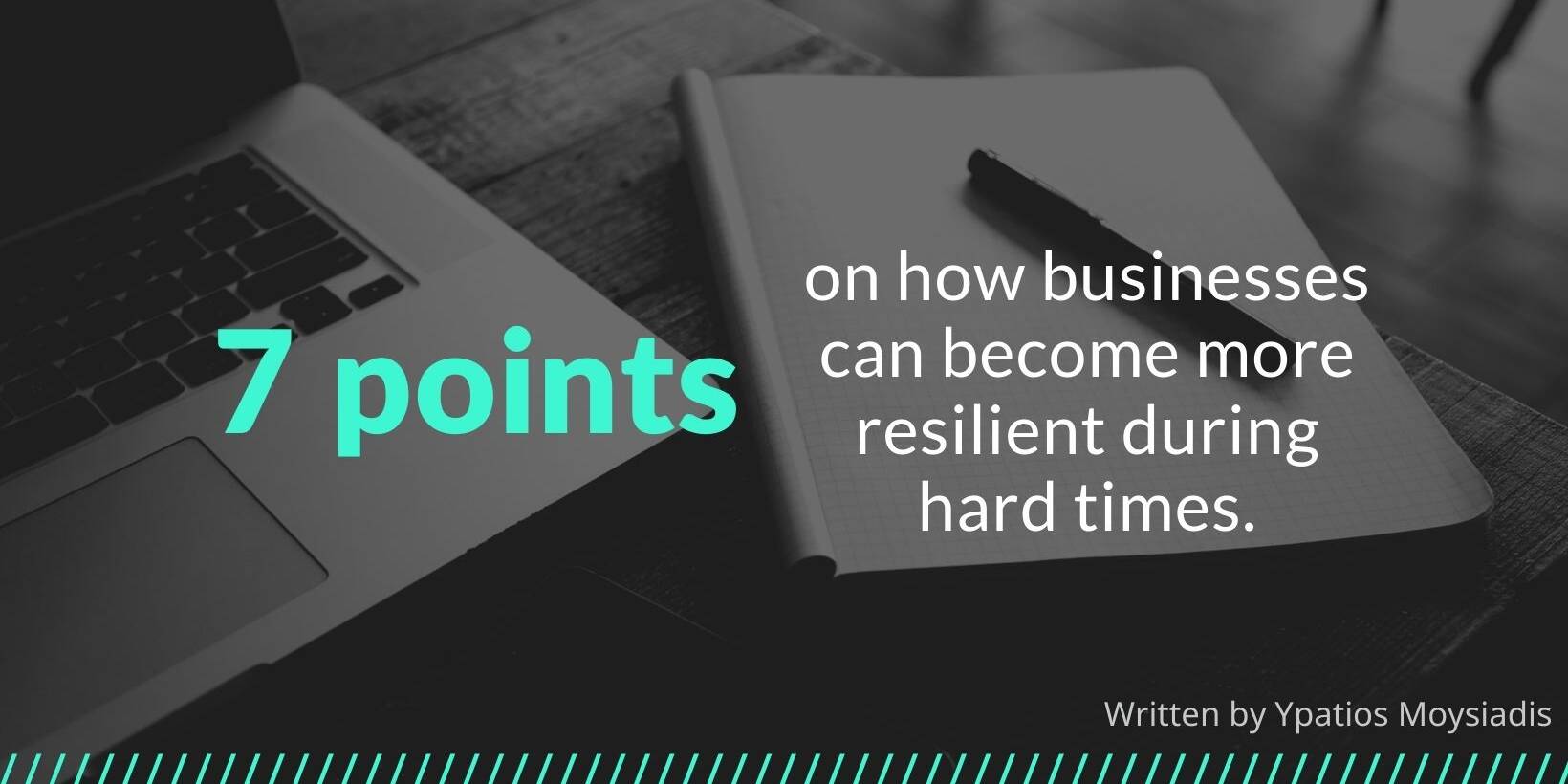Do you have what it takes as an individual to become the next “unicorn” entrepreneur? To follow on to the steps of Richard Branson, Steve Jobs and Elon Musk? Do you have a killer idea, an economic sense and the seed capital to start it up? What’s next? What is the story with all these entrepreneurs and small firm start-ups? Can you, a tiny little fish, survive in the deep sea?
If I had clear answers to all the questions above, I would have been a billionaire by now. But one thing I have learned in life is that things are not always black or white. Let’s elaborate a bit more….
Success in start-ups comes down to a number of factors. Of course, a solid business plan and a plausible idea are essential. But success also comes down to timings and perseverance. If at first you don’t succeed, try again.
The perception of entrepreneurship and SMEs have changed dramatically over the last century and especially the last 20 years with the introduction of technological solutions such as PCs, Internet and mobile devices that have reformed the way business is conducted and empowered the individual with instant knowledge and mass communication capabilities.
To support my case, let me provide you with some hard facts.
- Within EU-28 about 99.8% of businesses are defined as SMEs on non-Financial sectors. In total, SMEs employ about 90 million people and provide 67% of the total employment in EU-28.
- A huge 93% of them are micro business (micro-SMEs) with less than 10 employees and a turnover of less than 2 million €. To see its magnitude nine out of ten SMEs are micro businesses with an average of 2.1 employees per enterprise.
- Actually from 2008 up to 2014 the number of SMEs in the EU-28 was increased by 3.6%, with a potential of further increase of about 1.2% until 2016.
This is a strong indication that a small firm and entrepreneurs can survive. But how many actually do, and for how long?
There is another important indicator to examine and this is the Net-Entry Development of SMEs. In simple words it questions how many SMEs are established and how many cease their operation in annual basis.
This rate differs between regions and countries within EU-28, but up to 2014 and despite the crisis it remained positive with the UK achieving the highest SME value added growth with 11.6%
Another critical element to examine when considering the survival of a new enterprise is the Business Dynamics. Business Dynamics can play a major role on many qualitative and quantitative factors within a business sector. Business Dynamics is a perspective and set of tools which enables us to understand the structure and dynamics of business by measuring and tracking various indicators such us:
- The entry, growth and exit rate of businesses
- The job Creation and Job Destruction
- Market Share or Firm Market Participation (in a given sector / industry) and geography
- Number and Type of Products and Services Produced
- Customers classes
Usually new enterprises and small firms are established by young entrepreneurs with new ideas and ambitions that are able to introduce innovation and apply new technological and managerial models to their operations. There are numerous examples of new innovative and disruptive business models, such as Uber, AirBnB and Kiva (microfinance platform), which demonstrates the intuitive way that entrepreneurs are exploiting technology to create new models within very traditional industries.
Last we can take into consideration two more barometers. One the Total Early Stage Entrepreneurial Activity Rateis positive for the major economies worldwide despite the conflicts and the oil price dropping. Two the statistics indicate that the five key sectors for SMEs 1) Wholesale and Retail Trade, 2) Manufacturing, 3) Construction, 4) Business Services and 5) Accommodation and Food, demonstrate positive growth rates, in EU-28. Even in crisis people find the means and the ways to diversify, adopt to change or more intelligently start over after a failure, having learned from their mistakes the first time around.
I could provide you with more data to support my argument that small fishes can actually survive, but there are widely available in the internet. The above statistics were taken from the Annual Report on European SMEs 2014-2015 produced by the European Commission.
Source: Annual report on European SMEs 2014-2015
Entrepreneurs are essential for a healthy and vibrant economic environment. Startups can be more independent as they can choose not to comply with set market policies and rules, their market exploitation is based on personal conduct and their true investment is more in time than money, but most importantly a small firm is a reflection of the personality the capabilities and the limitations of the founder.
Business culture and the financial institutions as a whole are willing to facilitate innovation and fresh ideas. If an idea is plausible, you approach it with the correct attitude, and you’ve done your market research, there is a strong chance your business will work. You don’t have to re-discover the wheel, you just need to make it more efficient and most importantly believe in your idea.
Remember it is not just about the money, but mostly it is about the journey and the facilitation of your creativity, your personal needs and your personal goals.
by Ypatios Moysiadis, first appeared on http://cleantechgeek.com/2016/09/small-fish-big-sea/
Related Posts
September 28, 2020
Scotty the Scientist – Venture Tinkers Avatars 1/5
Innovate UK funding opportunties



